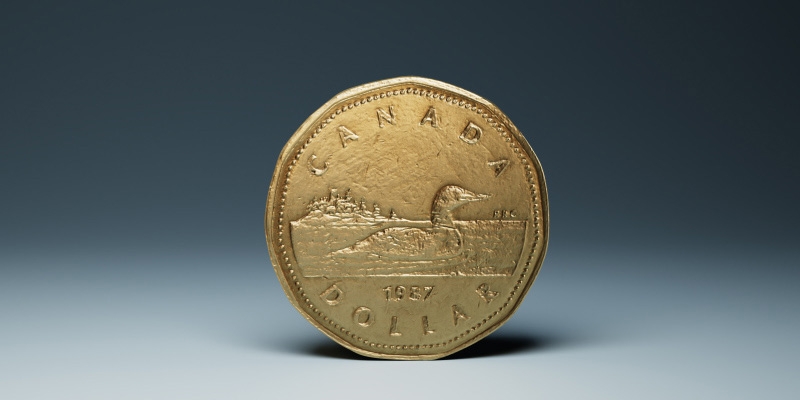Ottawa’s Pattern of Excessive Spending and Persistent Deficits
— Published on March 1, 2022

Main Conclusions
- While the federal government significantly increased its debt in 2020 and 2021, the pandemic exacerbated Canada’s pre-existing fiscal challenges rather than created them.
- Between 2015/16 and 2019/20, the federal government ran five consecutive deficits, causing nominal federal net debt to rise by $112.2 billion.
- During this period, growth in federal program spending was far more rapid than growth in revenues. In fact, the Trudeau government boosted nominal federal program spending by 36.1%, from $248.7 billion in 2014/15 to $338.5 billion in 2019/20.
- Average annual growth in federal program spending over this five-year period (6.4%) outpaced both the average annual rate of nominal GDP growth (3.0%) and also inflation plus population growth (2.9%). This led to persistent budget deficits and debt accumulation before COVID-19.
- If the growth of federal program spending had been moderately restrained to match either inflation plus population growth or nominal GDP growth from 2015/16 to 2019/20, the federal government would have recorded surpluses nearly every year over the period and avoided taking on approximately $150 billion to $160 billion in debt.
- Holding growth in spending to either the rate of nominal GDP growth or inflation plus population growth would have put federal finances on stronger footing to take on the additional fiscal burden stemming from COVID-19. Even under conservative estimates, our analysis shows the federal net debt-to-GDP ratio would be between 45.6% to 46.0% in 2021/22 rather than the projected 52.1%.
Authors:
More from this study
Subscribe to the Fraser Institute
Get the latest news from the Fraser Institute on the latest research studies, news and events.



